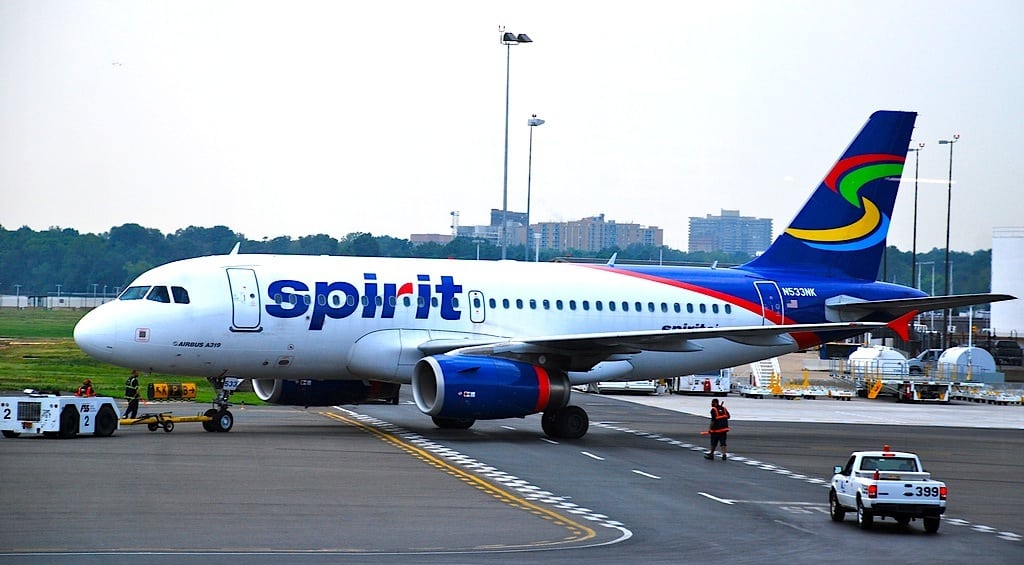Airline Revenue From Extra Fees Climbs to $31.5 Billion in 2013

Skift Take
Airlines have found a way to make a profit -- ancillary revenue -- and these fees are likely to be around for an extended period of time.
With razor-thin margins on a per-passenger basis, airlines took in some $31.5 billion in ancillary revenue in 2013 to bolster their drive for profits, according to a new IdeaWorks Co. report.
That number came from 59 airlines that disclosed their ancillary revenue, and compares with $27.1 billion generated by 53 carriers in 2012.
The $31.5 billion that IdeaWorks Co. cites, with six additional airlines disclosing ancillary revenue in 2013 versus 2012, begs the question: Did airlines increase their ancillary sales in 2013 versus 2012.
The answer is that they likely did, but the IdeaWorks report doesn't overtly
